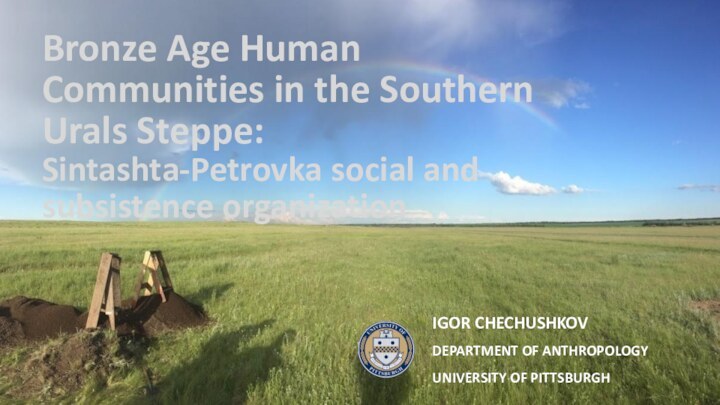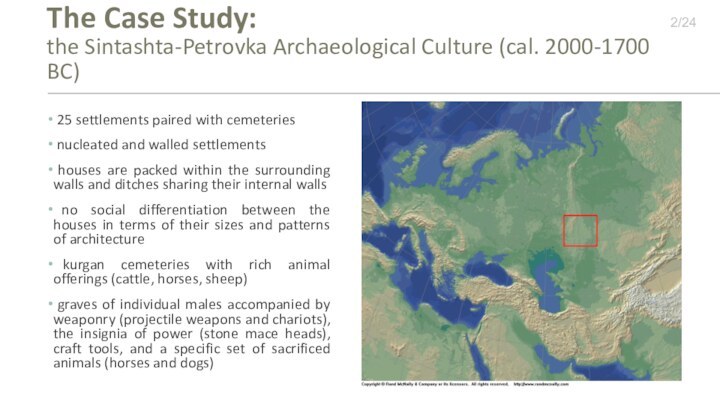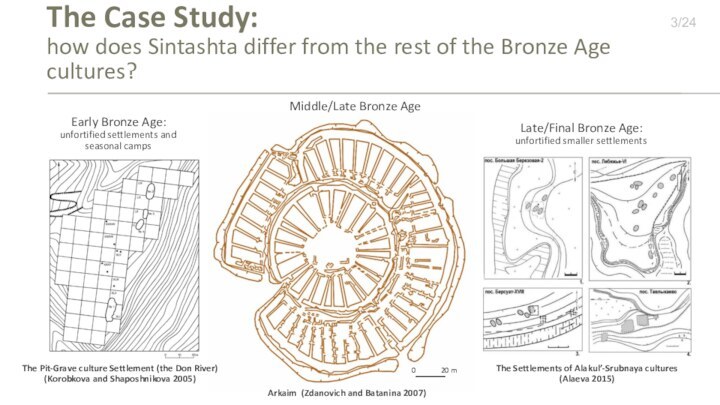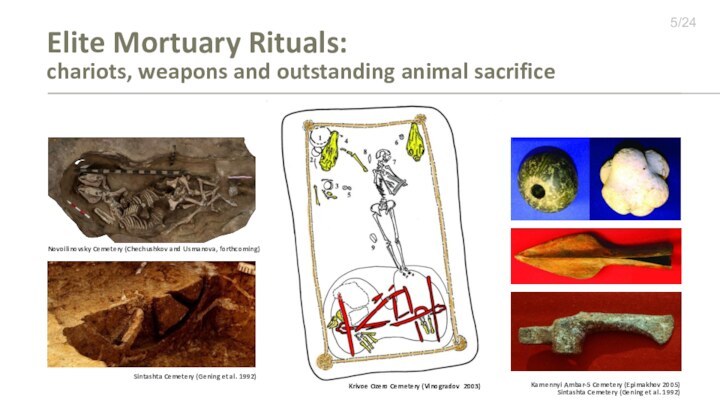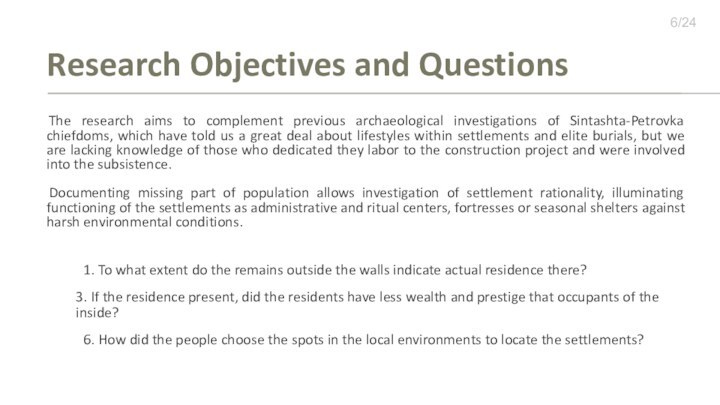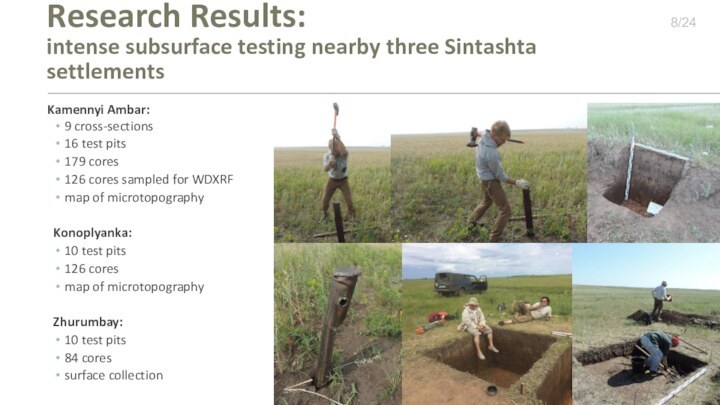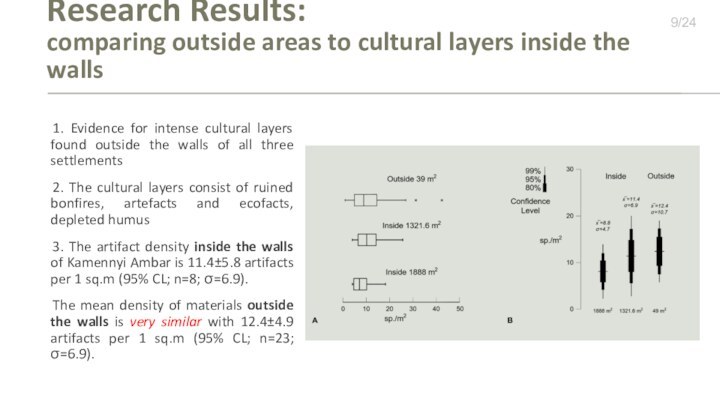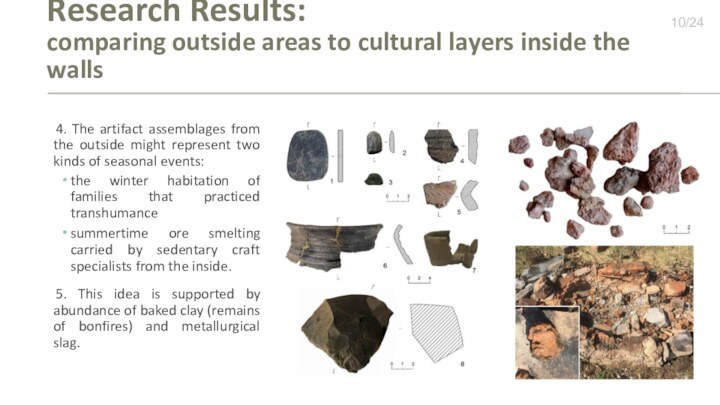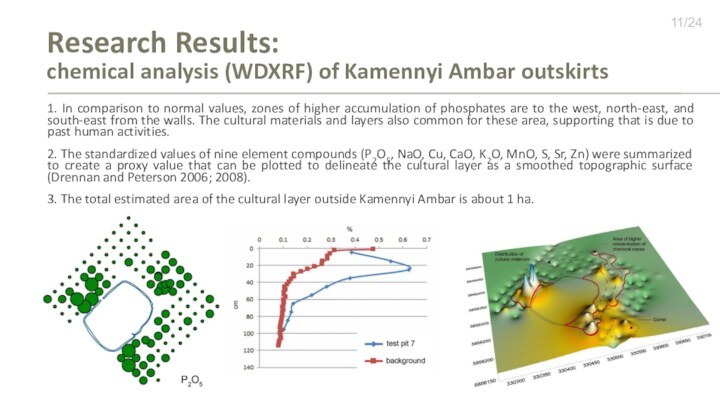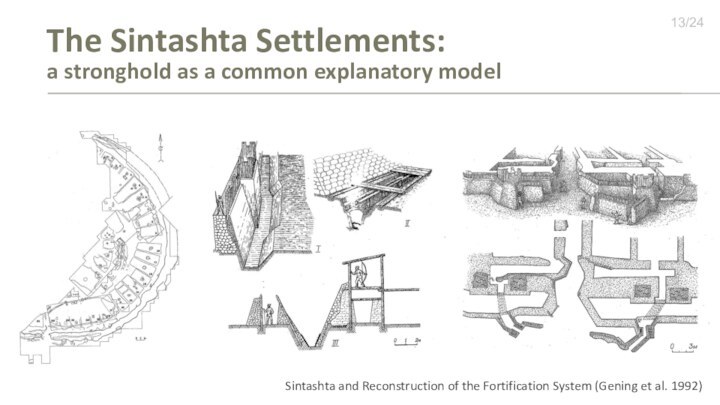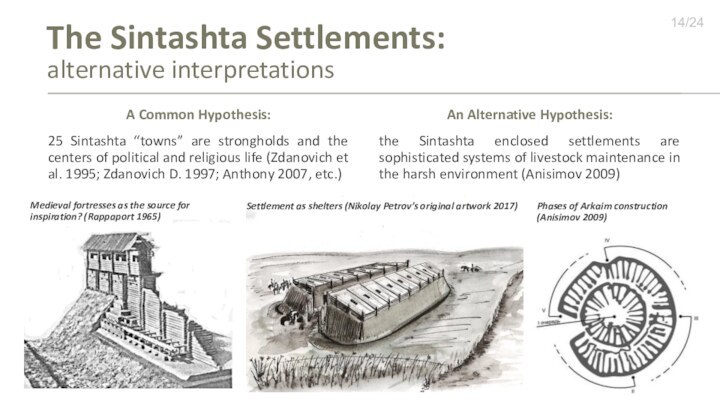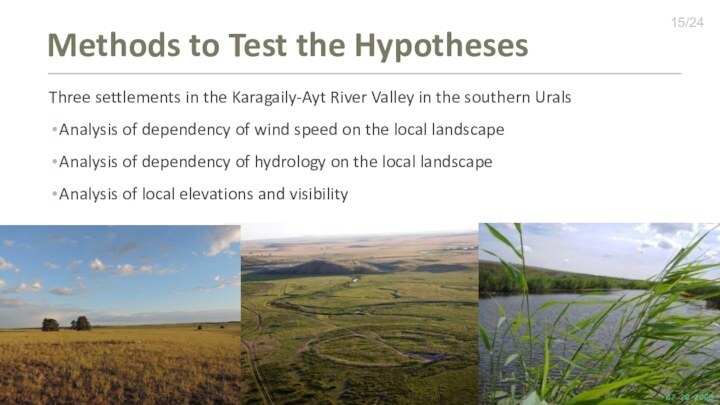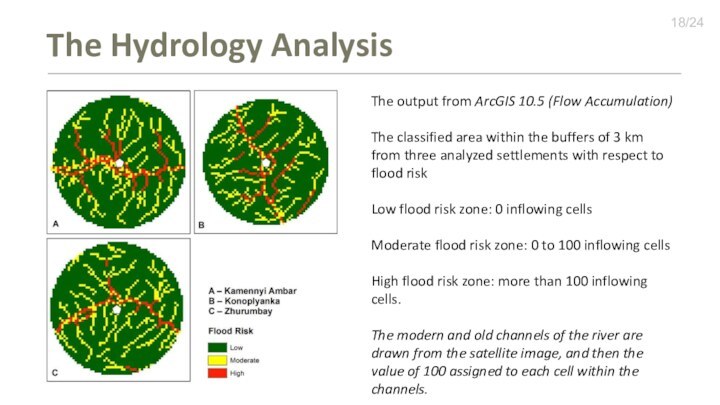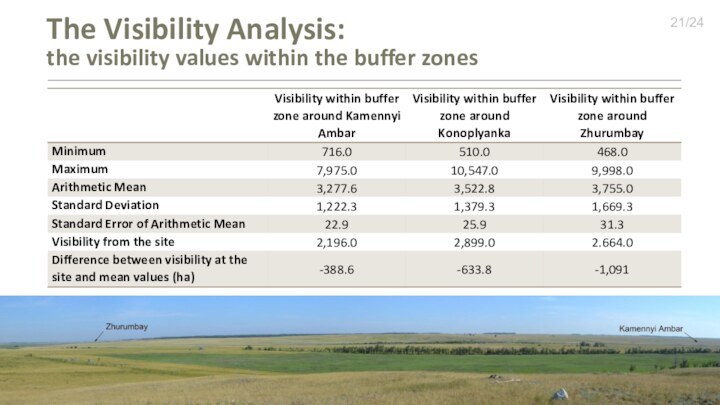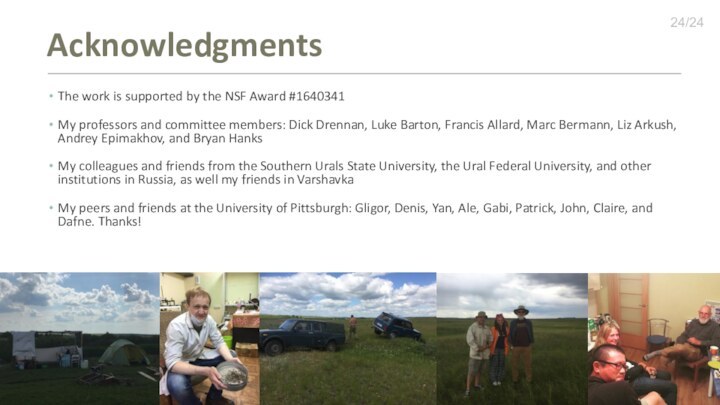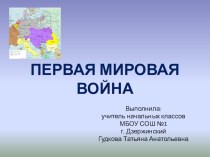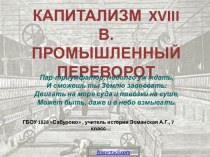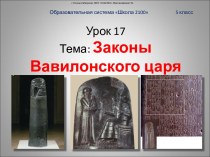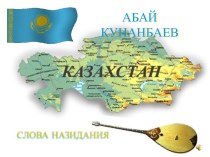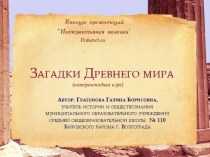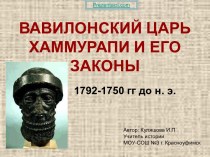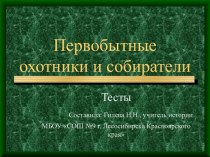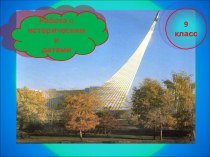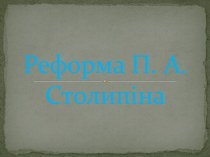the remains outside the walls of the settlements indicate
actual residence there?
My combined methodology of sub-surface testing and laboratory analysis revealed existence of the cultural layers in the outskirts of all three sites
The area of cultural deposits outside KA is about 1 ha, or similar to the total area of houses inside (1.2 ha)
Evidence for bonfires (baked clay, charcoal, tiny pieces of burnt bones) allow suggesting that area could be used for the residence
3. If the residence present, did the residents have less wealth and prestige that occupants of the inside?
The artifact assemblage from the outside demonstrate lower values of richness and diversity, suggesting that people accumulated less possessions, or they were made of less durable materials. Presumably, this means less wealth accumulation in terms of material things.
Their life-style differed, but it doesn’t say much about social prestige.
Though, the most prominent members of the society were buried with the attributes of warriors, what suggests that the pastoral part of the society had less social prestige
6. How did people choose the spots to locate the settlements?
the settlements located in the lower spots near the sources of fresh water, so the need to water animals played the most crucial role
within the river’s flood-risk zones, but surrounded by ditches to drain the water during the floods
low wind speed locations to protect from harsh winter conditions
no role of local visibility, suggesting that people didn’t think about unexpected attacks
/24
